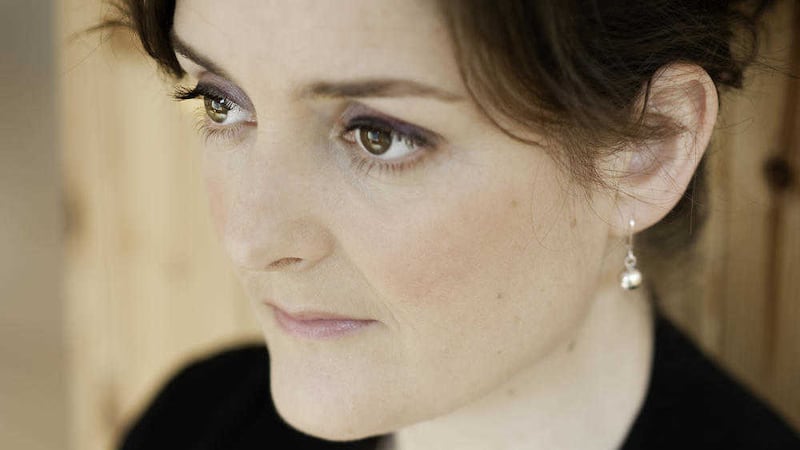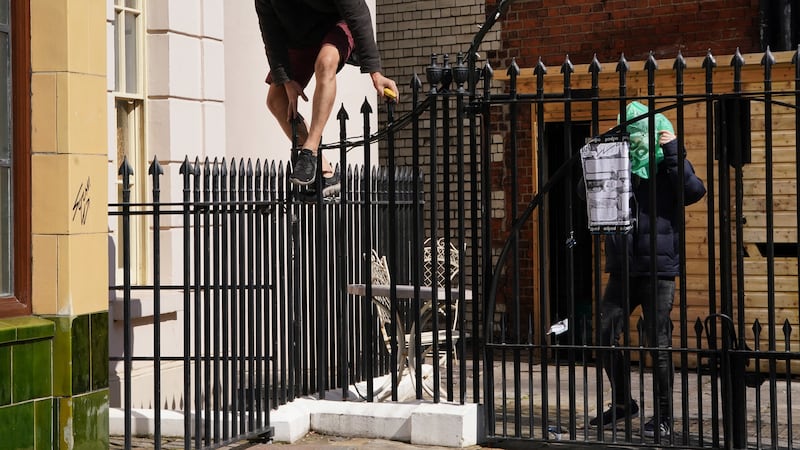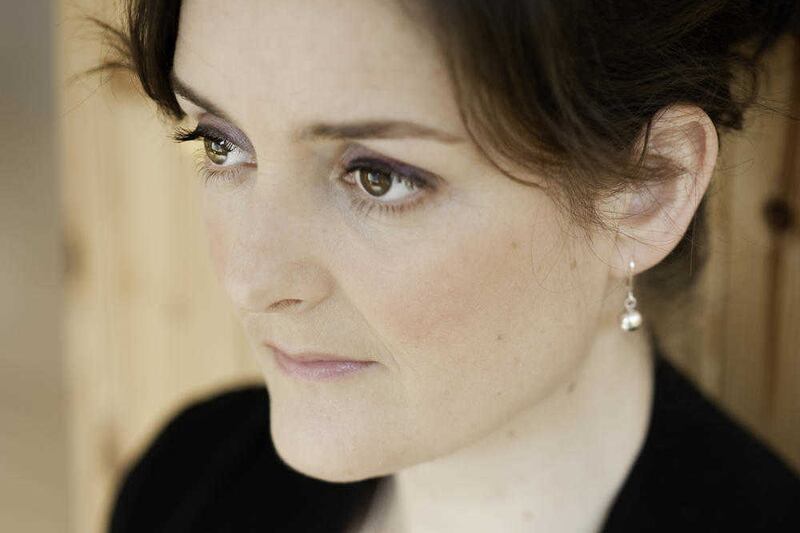NUALA O’Connor is a fully paid up member of the Emily Dickinson International Society (EDIS) and, as a huge fan of the 19th century US poet, was honoured to get the chance to speak at the society’s conference earlier this year.
O’Connor’s third novel, Miss Emily, is an exquisitely written account of Dickinson and her fictional Irish maid Ada Concannon in the poet’s Massachusetts homestead.
Dubliner O’Connor – who also writes under her Irish name, Nuala Ní Chonchúir, and who lives in Ballinasloe, Co Galway – admits that she was a little bit anxious about reading from her book at the EDIS conference.
“I was talking at it with about 200 Emily experts sitting in front of me, so I was nervous,” she says. “But they were very welcoming and very positive about the book. One woman did ask 'Why bother?’ but I answered her as best I could, saying that I approached the project out of love and respect for Emily.
“There are some novels about Emily that are off the wall, with her going out to taverns at night and stuff – stuff she never would have done. I approached it with respect.”
Dickinson, who was born in 1830 and died in 1886, is a world-renowned poet and is well known for her reclusive lifestyle. So O’Connor invented the character of Dubliner Ada – “a real little Irish person, fresh off the boat” – who, according to Dickinson, “enlivens the house” and shares with Miss Emily a sense of mischief, a love of baking and a birthday (December 10).
Ada is 17, turning 18, and is a lively chatterbox who jokingly thinks of herself as “a cut above buttermilk”. Fellow writer Dermot Bolger has praised O’Connor for her “fusion of historical ventriloquism and imaginative dexterity” in creating this captivating story of Emily and Ada, in which Emily is portrayed as friendly, talkative and gregarious and not as a one-dimensional recluse.
“They both like to talk and I tried to make it as if they were educating each other,” explains O’Connor. “Emily is twice Ada’s age, so Ada – who is very young and fresh and wide-eyed – can learn a lot from her.
“I just thought, 'Wouldn’t it be great if Emily had Irish maids?’ and then I discovered that she did. I didn’t want to use a real maid, because then I would have had to stick to the facts of her life – as I knew I had to stick to Emily’s facts.
“So I invented a cousin for one of their longest-standing maids Maggie Maher, who was from Tipperary. That gave me that freedom to invent, which is the most enjoyable part of it. But I love the research too.”
After writing the first draft of her novel, O’Connor visited the Dickinson Homestead – now the Emily Dickinson Museum – in Amherst, Massachusetts.
“I got to go into the house and walk the land and visit her grave. That let me add a lot more colour to the draft. Then I’ve been over twice more since and I’m going to go back again.
“The house is beautiful and Emily’s room is full of light. There’s a modest little bed and a tiny little desk where she sat and wrote. It was just very moving to be there.”
The novel takes in Dickinson’s intense friendship with her sister-in-law Susan and O’Connor admits that she painted Austin Dickinson (Emily’s brother and Susan’s husband) as “a bit of a baddie” who, we read, was contemptuous of the Irish students he taught in Boston.
“I definitely painted Austin a bit blacker than he was in real life. But they definitely had racist tendencies towards the Irish and then there has to be baddies in a novel.
“But a lot of the Dickinsons’ staff were Irish and Emily grew to love Irish people. The six pallbearers at her funeral were the Irishmen who worked on the land.”
O’Connor says she was still in primary school in Dublin when she was first made aware of 'Miss Emily'.
“I had a brilliant teacher who would bring us all to museums and archaeological digs. And I remember doing the poem A Bird Came Down the Walk.
“Then we did Emily Dickinson in secondary school and I took her as one of my poets for the Leaving Cert. I loved her. The subject matter that she wrote about appealed to me and I loved the shape of her poems.
“She was ahead of her time and she was a maverick. Obviously she was wealthy, so she could afford to be a maverick.”
:: Nuala O’Connor comes to the Crescent Arts Centre in Belfast at 8pm tonight (tickets £6/£8, www.crescentarts.org / 028 9024 2338) where she will be interviewed by Cathy Brown. Miss Emily is out now, published by Sandstone Press.



